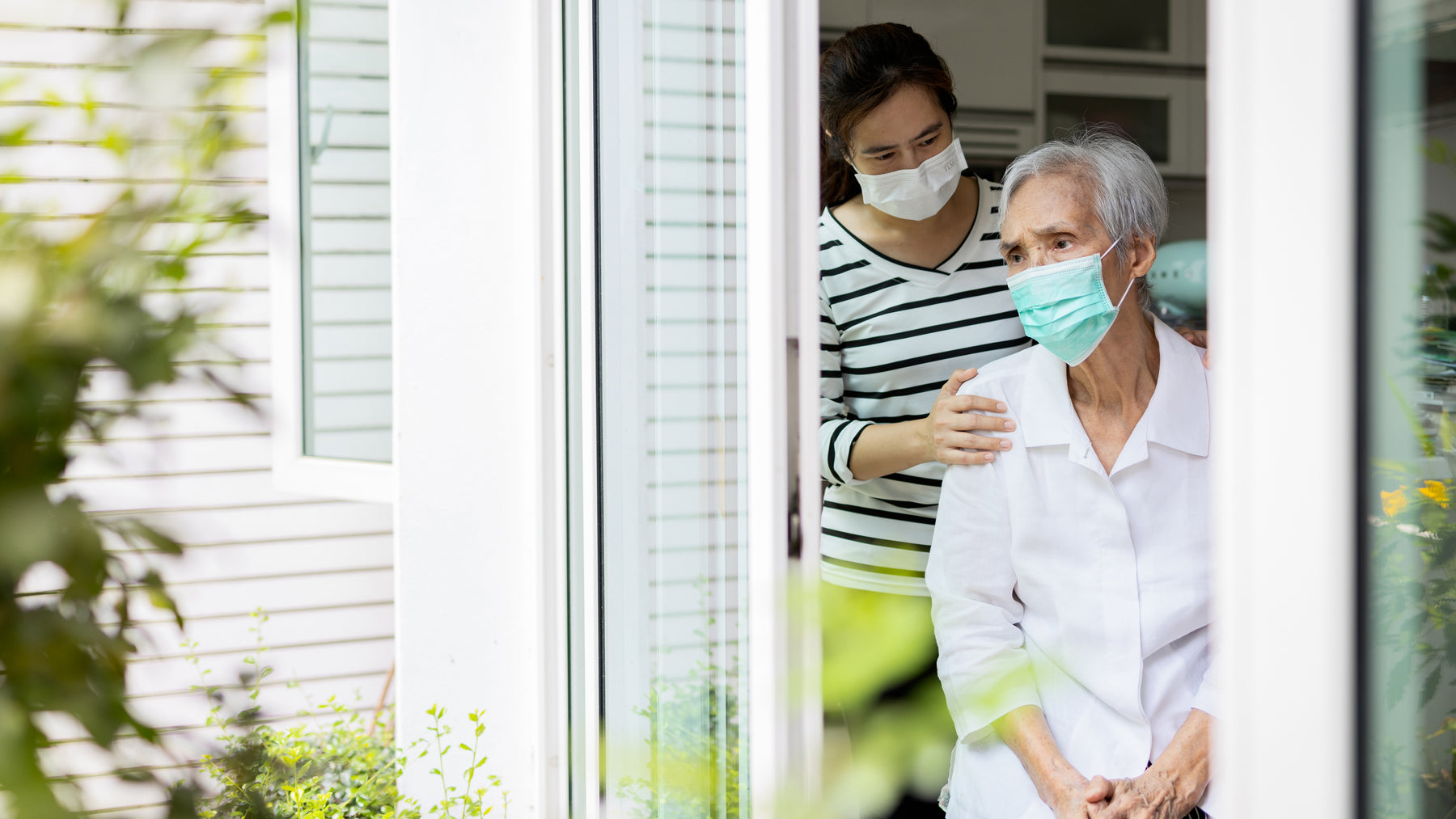
Disease now rarely fatal, but cases on an uptick
Tuberculosis (TB) was recognised as a major public health problem in Singapore since the city’s founding in the 19th century, and was a major cause of death in the 1940s.
To help treat and stamp out the disease, the Singapore Anti-Tuberculosis Association (Sata) was set up in 1947. A year later, the Tuberculosis Clinic at Tan Tock Seng Hospital (TTSH) opened its doors.
The BCG vaccine for tuberculosis was introduced in the 1950s together with a mass vaccination campaign for newborns, which reduced deaths from TB among young children.
As hygiene and housing conditions improved in Singapore, the rate of occurrence of the disease fell significantly over the next three decades, from 307 cases per 100,000 population in 1960 to 56 cases per 100,000 in 1987.
It fell further to a low of 35 per 100,000 resident population in 2007, after the launch of the Singapore Tuberculosis Elimination Programme in 1997. The programme aims to eliminate TB here by diagnosing and treating all infectious cases, tracing and treating infected contacts, and preventing the emergence of multi-drug-resistant tuberculosis.
The programme incorporated a national surveillance registry that tracks the treatment progress of each TB case until an outcome is achieved. The registry also alerts physicians if patients default on treatment or do not respond to treatment as expected.
In recent years, Singapore has witnessed a “resurgence” of the disease, with the incidence of TB per 100,000 population hovering between 36.9 and 41.5 since 2008. Three in 10 cases diagnosed in 2014 emerged in foreigners who live in Singapore.
This increase corresponds with the global rise of multi-drug-resistant TB (MDR-TB), which cannot be treated with conventional first-line drugs.
Drug resistance may be due to inefficient treatment protocols and poor patient compliance.
In Singapore, 131 cases of MDR-TB (22 home-born, a term that refers to residents born in Singapore, and 109 foreign-born) were reported from 2010 to 2014 — up from 93 cases (14 home-born, 79 foreign-born) in the previous period from 2005 to 2009.
In March, a report from the Health Ministry showed that all nine cases diagnosed to date of extensively drug-resistant TB cases — a rare type of MDR-TB resistant to a wider range of first- and second-line drugs — were among foreigners who reside here.
Read more at: http://m.todayonline.com/singapore/disease-now-rarely-fatal-cases-uptick



Leave a comment